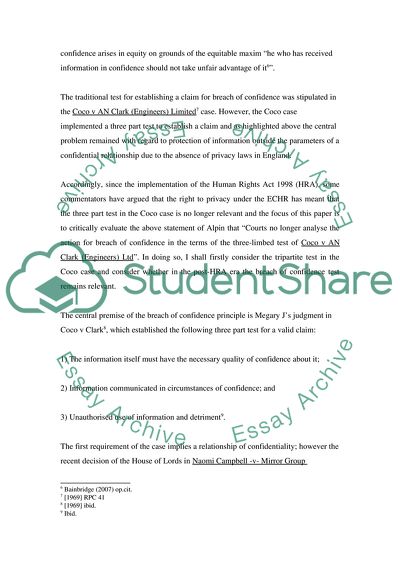Cite this document
(Coco v AN Clark Ltd Case Study Example | Topics and Well Written Essays - 2000 words, n.d.)
Coco v AN Clark Ltd Case Study Example | Topics and Well Written Essays - 2000 words. Retrieved from https://studentshare.org/law/1729224-intellectual-property-coursework
Coco v AN Clark Ltd Case Study Example | Topics and Well Written Essays - 2000 words. Retrieved from https://studentshare.org/law/1729224-intellectual-property-coursework
(Coco V AN Clark Ltd Case Study Example | Topics and Well Written Essays - 2000 Words)
Coco V AN Clark Ltd Case Study Example | Topics and Well Written Essays - 2000 Words. https://studentshare.org/law/1729224-intellectual-property-coursework.
Coco V AN Clark Ltd Case Study Example | Topics and Well Written Essays - 2000 Words. https://studentshare.org/law/1729224-intellectual-property-coursework.
“Coco V AN Clark Ltd Case Study Example | Topics and Well Written Essays - 2000 Words”. https://studentshare.org/law/1729224-intellectual-property-coursework.


